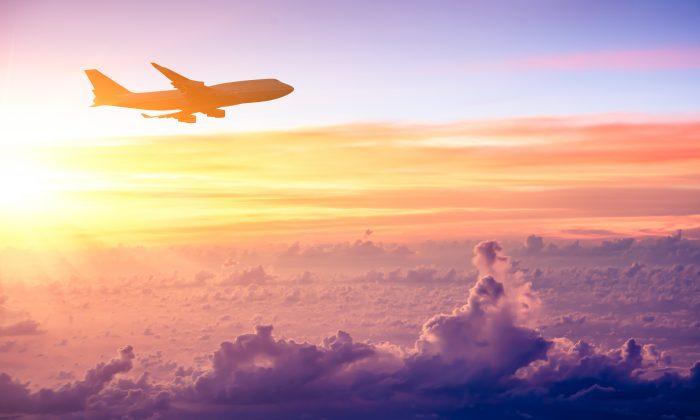Circadian rhythms and 24 hour days contribute to difficulties adjusting to new time zones.
A study published today in Chaos has applied mathematical models to discover more about the east-west jet lag phenomenon. The study’s first author, Zhixin Lu, explains why sunlight plays such an important role in adjusting to new time zones and how people can best minimize the impact of jet lag.
ResearchGate: Could you explain what you wanted to study?
Zhixin Lu: Circadian rhythms, which govern jet-lag recovery, are known to be controlled by the synchronization of many neuronal oscillators in the brain. People frequently report that recovery from jet lag is faster following westward travel than eastward travel, something that we wanted to explore in the study.
ResearchGate: Could you explain what you wanted to study?
Zhixin Lu: Circadian rhythms, which govern jet-lag recovery, are known to be controlled by the synchronization of many neuronal oscillators in the brain. People frequently report that recovery from jet lag is faster following westward travel than eastward travel, something that we wanted to explore in the study.

RG: You found that circadian pacemaker cells play a role in jet lag recovery. What are they and how so?
Lu: Circadian pacemaker cells in the brain can be treated as many tiny clocks. They oscillate in a synchronized way and provide people the sense of time. After rapid travel that crosses several time zones, the time clue from those tiny clocks suddenly becomes several hours ahead or behind of the new local time, and as a result one experiences jet lag. In the next few days, during jet lag recovery, those tiny clocks slow down or speed up a little, guided by the light signal received through the eyes, and become entrained to the new time zone. It is the dynamics of these coupled pacemaker cells that govern the recovery of jet lag.

RG: Do you have any suggestions for how people can best minimize the impact of jet lag?
Lu: In agreement with our intuition, our model suggests that individuals should get as much exposure to sunlight as possible after arrival. If the destination is very cloudy or the traveler must spend a lot of time indoors, an artificial light source during the daytime hours and darkness during the night.
RG: Why do some people experience jet lag more severely than others?
Lu: Our model shows that many factors determine how an individual recovers from jet lag. For example, the strength of coupling between pacemaker cells, the sensitivity of pacemaker cells to the external light signal, and so on. We believe that there are variations of these factors among people, and, as a consequence, individuals experience different levels of jet lag. For example, with all the other conditions being equal, people with circadian pacemaker cells that are more sensitive to external light signals should recover from jet lag faster than those with less sensitive pacemaker cells.
[aolvideo src=“http://pshared.5min.com/Scripts/PlayerSeed.js?sid=1759&width=580&height=350&playList=518777513&responsive=false&pgType=console&pgTypeId=editVideo-overviewTab-copyCodeBtn”]
RG: What spurred you look into the east-west jet lag phenomenon?
Lu: It is thought that the typical person has a natural circadian rhythm longer than 24 hours, but only by a small amount. We wanted to see if a mathematical model could be used to explain how this small difference, on the order of a half hour, could be the cause of the rather large east-west asymmetry for jet lag recovery, on the order of days, for travel across several time zones.
RG: What are the next steps in this research?
Lu: By including more biological details into this model, we hope that more in-depth quantitative approaches as well as strategies to combat circadian rhythm disruption due to rapid cross time-zone travel, shift work, or blindness can be developed.
RG: What spurred you look into the east-west jet lag phenomenon?
Lu: It is thought that the typical person has a natural circadian rhythm longer than 24 hours, but only by a small amount. We wanted to see if a mathematical model could be used to explain how this small difference, on the order of a half hour, could be the cause of the rather large east-west asymmetry for jet lag recovery, on the order of days, for travel across several time zones.
RG: What are the next steps in this research?
Lu: By including more biological details into this model, we hope that more in-depth quantitative approaches as well as strategies to combat circadian rhythm disruption due to rapid cross time-zone travel, shift work, or blindness can be developed.
This article was originally published on ResearchGate.


